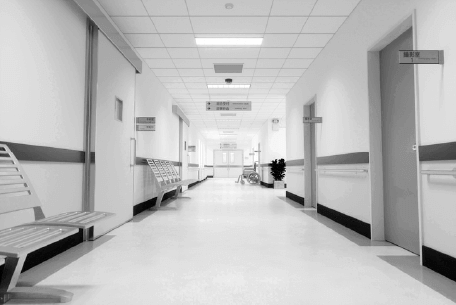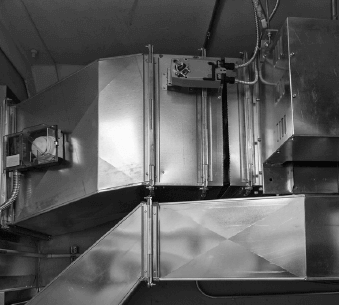
-

-
Are Your Fire and Smoke Doors Ready for CMS Inspection?
The U.S. Centers for Medicare & Medicaid Services require health care facilities to comply with new annual testing for their fire and smoke doors.

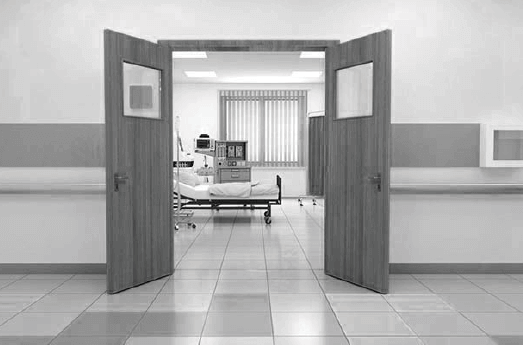
what you need to know
Federal and Local Compliance
A single health care facility has two sets of rules with which to comply—federal (CMS standards) and local (municipal codes). Defer to the highest fire safety standard among federal, local, and multiple municipalities.
Reporting
The facility now has to conduct a formal 11- or 13-point visual and operational test verifying that each door adheres to the NFPA 80 fire code including:
No open holes or breaks present on surfaceIntact glazing in placeDoors, frame, and hardware secured and in working orderThe new rule requires that the gaps around a swinging door in a closed position be a maximum of 3/4 of an inch at bottom and 1/16-3/16 of an inch between the door and frame.
What can you do?
each facility mustdocument the following:
 Inventory of doorsLocation of doorsInspection record for each doorRepair record for each doorRe-inspection records
Inventory of doorsLocation of doorsInspection record for each doorRepair record for each doorRe-inspection recordsBarrier Compliance Services and Grainger can help make sure your facility is compliant. Read the full article to learn more.
-
what you need to know
ALL DAMPERS ARE AFFECTED
These include the following:
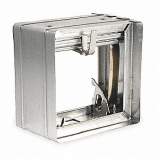
CURTAIN DAMPER
Oldest and lowest failure rateOnly used as fire damperNo smoke control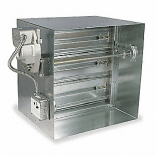
PNEUMATIC DAMPER
Air hoses hold damper in open positionPower or airflow to the attached actuators needs to be curtailed to assess closure efficacyFailed state is usually a closed damper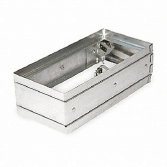
ELECTRIC DAMPER
Newest and most frequently usedHigh failure rate of 25-50 percentFailed state is usually a closed damperWhat can you do?

Increase inspection frequency from every 6 years to 2-3 year
Outsource maintenance and inspection to experts like Barrier Compliance Services and Grainger
Barrier Compliance Services and Grainger can help make sure your facility is compliant. Read the full article to learn more.
-
Is Your Above Ceiling SpaceProperly Protected?
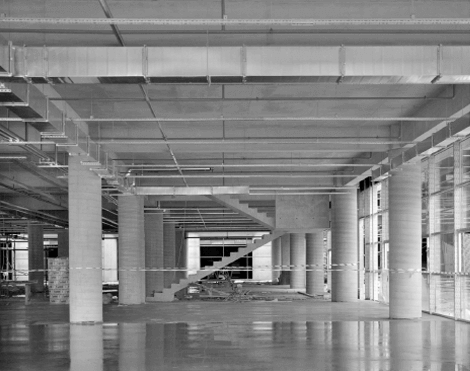
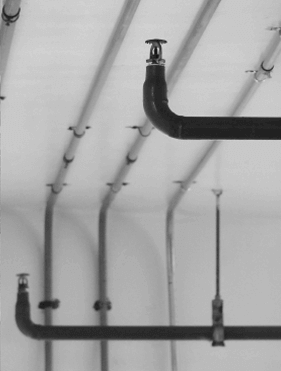
what you need to know
REASONS HOSPITALS AREN’T COMPLIANT INCLUDE:
Following International Building Code instead of CMS compliancePoor oversight of constructionPace of new technology creating issues during new equipment installationNew firestopping requirements
What can you do?
Best practices facilities can adopt include:
 Involve leadership, facility maintenancestaff, and safety personnel frombeginning to end of constructionCommission fire and smoke rated barriersReview policies and proceduresto build in accountabilityHire specialized contractors
Involve leadership, facility maintenancestaff, and safety personnel frombeginning to end of constructionCommission fire and smoke rated barriersReview policies and proceduresto build in accountabilityHire specialized contractorsBarrier Compliance Services and Grainger can help make sure your facility is compliant. Read the full article to learn more.
-
Is Your SprinklerSystem Compliant?
The number of fire sprinkler piping and support system violations have significantly increased for healthcare institutions.

what you need to know
When sprinkler piping supports structures other than the sprinkler system, this is a violation of CMS rules and standards. An accreditation agency will write up a Requirement for Improvement (RFI) mandating correction of the issue within 60 days.
Data cables contacting sprinkler lines comprise nearly 2/3 of allsprinkler line load deficiencies.
What can you do?
Best practices facilities can adopt include:
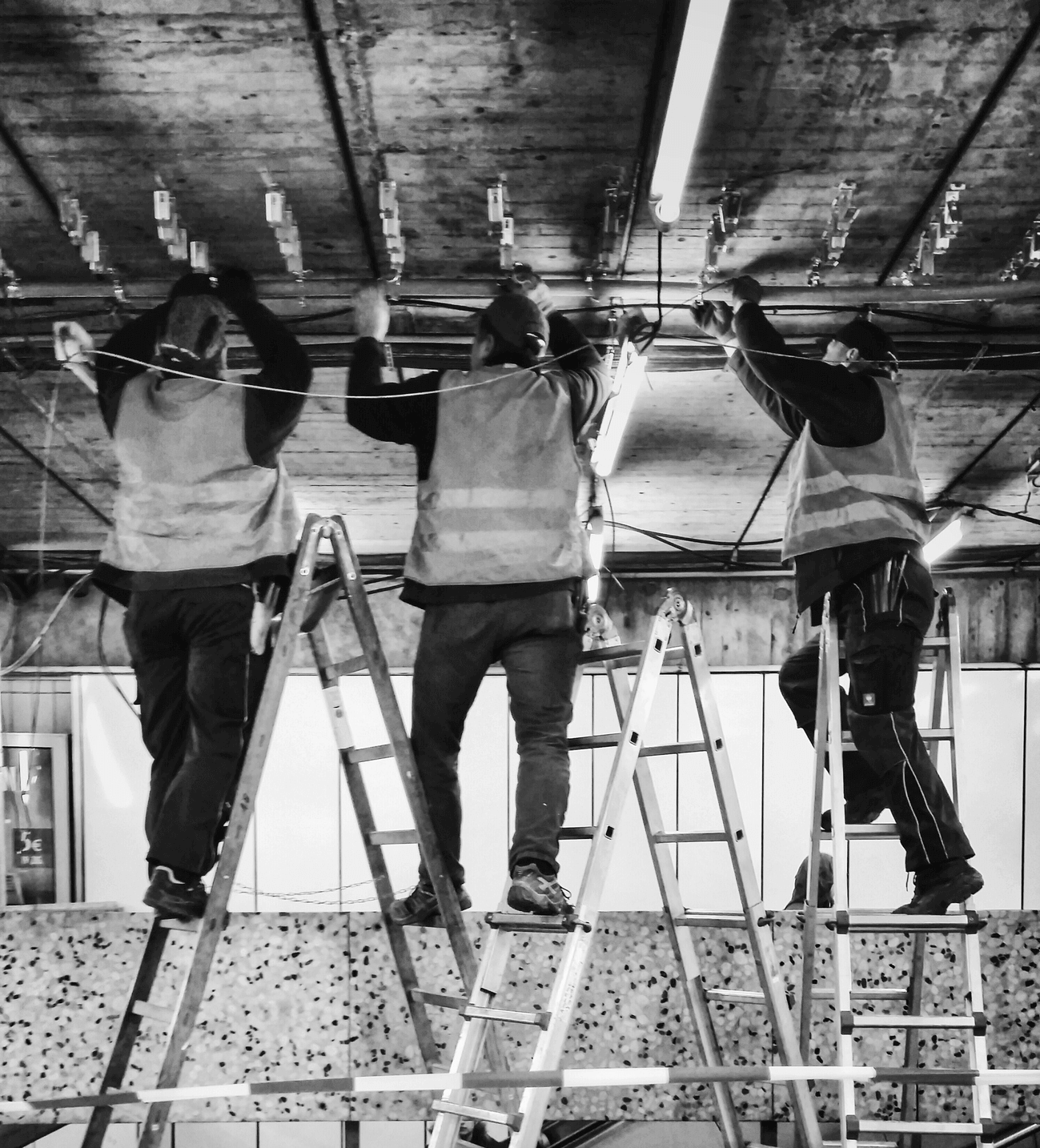
Create formal policiesfor ongoing monitoring
Build pathways for cabling
Plan for future cables, wires and tubes
Hire a third-partymanagement organization
Barrier Compliance Services and Grainger can help make sure your facility is compliant. Read the full article to learn more.
-

Each rule created by the NFPA and CMS has nuances specific to federal and local compliance mandates. Learn more about how Grainger and Barrier Compliance Services can help with inspection, reporting, and repair requirements.

The National Fire Protection Association (NFPA) and the U.S. Centers for Medicare and Medicaid Services (CMS) have a range of new stringent compliance mandates for health care facilities.
Grainger and Barrier Compliance Services have compiled what you need to know about each new ruling so you can you make sure your facility is compliant.
Are Your Fire and Smoke Doors Ready for CMS Inspection?
The U.S. Centers for Medicare & Medicaid Services require health care facilities to comply with new annual testing for their fire and smoke doors.


what you need to know
Federal and Local Compliance
A single health care facility has two sets of rules with which to comply—federal (CMS standards) and local (municipal codes). Defer to the highest fire safety standard among federal, local, and multiple municipalities.
Reporting
The facility now has to conduct a formal 11- or 13-point visual and operational test verifying that each door adheres to the NFPA 80 fire code including:
The new rule requires that the gaps around a swinging door in a closed position be a maximum of 3/4 of an inch at bottom and 1/16-3/16 of an inch between the door and frame.
What can you do?
each facility mustdocument the following:

Barrier Compliance Services and Grainger can help make sure your facility is compliant. Read the full article to learn more.
what you need to know
ALL DAMPERS ARE AFFECTED
These include the following:

CURTAIN DAMPER

PNEUMATIC DAMPER

ELECTRIC DAMPER
What can you do?

Increase inspection frequency from every 6 years to 2-3 year
Outsource maintenance and inspection to experts like Barrier Compliance Services and Grainger
Barrier Compliance Services and Grainger can help make sure your facility is compliant. Read the full article to learn more.
Is Your Above Ceiling SpaceProperly Protected?


what you need to know
REASONS HOSPITALS AREN’T COMPLIANT INCLUDE:

What can you do?
Best practices facilities can adopt include:

Barrier Compliance Services and Grainger can help make sure your facility is compliant. Read the full article to learn more.
Is Your SprinklerSystem Compliant?
The number of fire sprinkler piping and support system violations have significantly increased for healthcare institutions.

what you need to know
When sprinkler piping supports structures other than the sprinkler system, this is a violation of CMS rules and standards. An accreditation agency will write up a Requirement for Improvement (RFI) mandating correction of the issue within 60 days.
Data cables contacting sprinkler lines comprise nearly 2/3 of allsprinkler line load deficiencies.
What can you do?
Best practices facilities can adopt include:

Create formal policiesfor ongoing monitoring
Build pathways for cabling
Plan for future cables, wires and tubes
Hire a third-partymanagement organization
Barrier Compliance Services and Grainger can help make sure your facility is compliant. Read the full article to learn more.

Each rule created by the NFPA and CMS has nuances specific to federal and local compliance mandates. Learn more about how Grainger and Barrier Compliance Services can help with inspection, reporting, and repair requirements.
